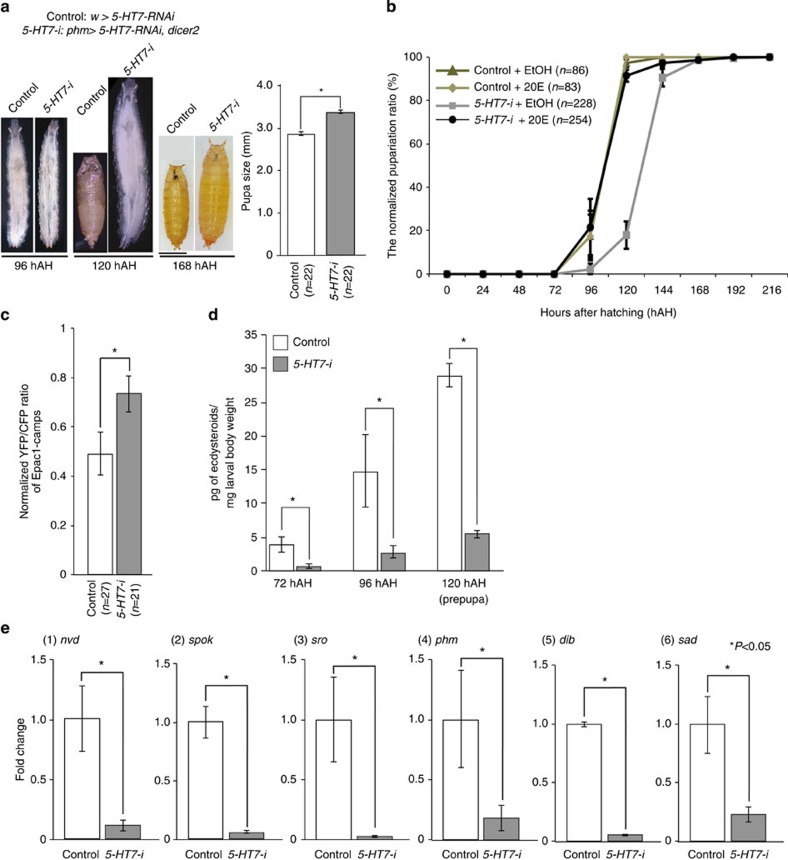Figure 5. Serotonin signalling promotes ecdysteroid biosynthesis.
(a) Representative examples of control (w>5-HT7–RNAi) and the PG-specific 5-HT7–RNAi animals, indicated as 5-HT7-i in the Figures (phm>5-HT7–RNAi, dicer2). Samples were collected at 96, 120 and 168 hAH. 5-HT7-i animals gave rise to an increased size of larvae and pupae. The graph shows the average values of pupa size (mm) in control and 5-HT7–RNAi animals (n=22) and standard errors (s.e.). (b) The pupariation ratio after hatching. When newly hatched larvae were raised at 25 °C, control larvae pupariated at 96–120 hAH. The timing of pupariation was delayed in 5-HT7-i larvae by 1–2 days (120–144 hAH; see also Supplementary Fig. 3). This developmental delay was rescued by oral administration of 0.1 mg of 20E per gram of fly food. The number of animals: control (n=86, EtOH; n=83, 20E) and 5-HT7-i (n=228, EtOH; n=254, 20E). (c) The measurement of cAMP levels with the Epac1–camps FRET probe. The PGs expressing Epac1–camps were collected in the third instar stage of control and 5-HT7-i larvae. The normalized YFP/CFP ratio increased in 5-HT7-i animals, indicating that cAMP levels decreased. The average values of >20 individual samples are shown with s.e.m. (d) The levels of ecdysteroids in control and 5-HT7-i larvae at 72, 96 and 120 hAH. At 120 hAH, prepupae were collected from the control. The ecdysteroid titre did not increase in 5-HT7-i larvae. (e) Quantitative reverse transcription–PCR analysis revealed that the expression of ecdysteroidogenic genes decreased in the RG of 5-HT7-i larvae in the late third instar stage (96 hAH). The fold changes compared with control larvae (w>5-HT7–RNAi) were calculated. (1) nvd, (2) spok, (3) sro, (4) phm, (5) dib, (6) sad. For statistical analysis, the average values of triplicate data sets are shown with s.e.m. in d,e. One-way analysis of variance test was used for c, *P<0.01. Student’s t-test was used for a,d,e. *P<0.05. Bar, 1 mm. Each experiment was conducted independently at least three times.

